Managing Cyberthreats to Combat Ransomware Part 1: Current Technologies
Zerto
JULY 14, 2022
According to the Center for Internet Security over the past six months (DEC 2021–MAY 2022), these ten malware variants consistently made up over 60% of all reported malware activity: Shlayer. Ransomware — Ransomware is a type of malware that blocks access to a system, device, or file until a ransom is paid by the attack victim.

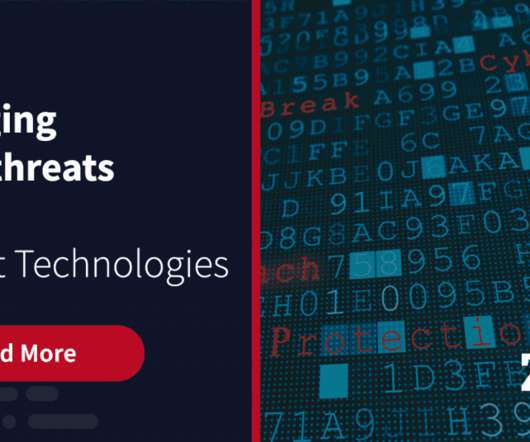
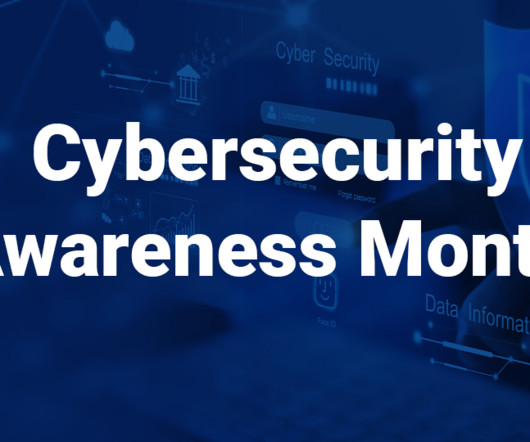
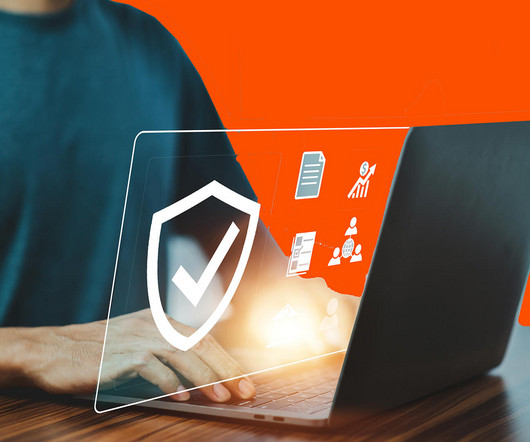
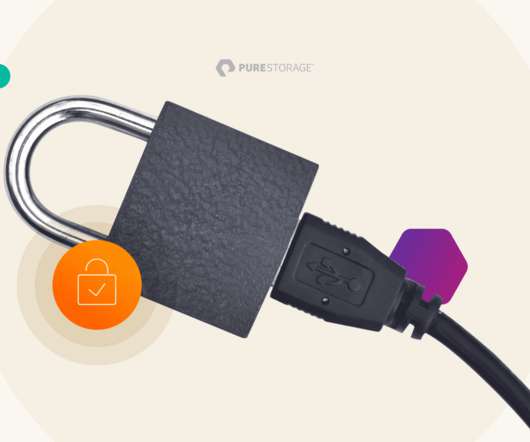

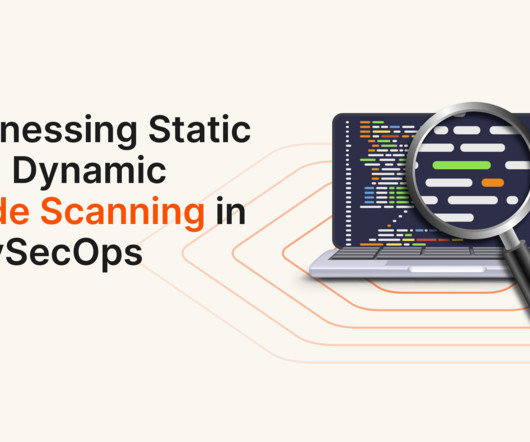


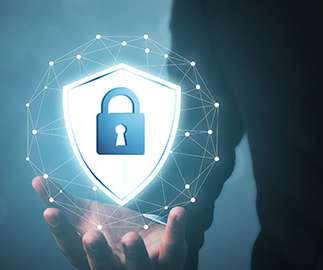






Let's personalize your content